Floer homology, psychic violence, and Appalachian time loops
esoteric / historical / mathematical / autobio MEGATHREAD on how I discovered that high-energy human sacrifices distort spacetime and create time loops, trapping peoples and cultures in repeating cycles
esoteric / historical / mathematical / autobio MEGATHREAD on how I discovered that high-energy human sacrifices distort spacetime and create time loops, trapping peoples and cultures in repeating cycles

I started thinking about this 5 years ago when I moved back to Appalachia, where my ancestors had lived since the 1780s. Driving the moving van home with my dad, we repeated the journey he had made in the 1970s, but he was uneasy, agitated, & afraid, blaming it on my driving. 

I won’t get into the details of unloading, unpacking, etc, but the next day we were looking at some brush by the woodline at the edge of my yard. We saw this, pokeweed: 

It’s a somewhat pretty weed, but toxic. My dad spontaneously launches into a memory from his childhood in the 1950s—my grandfather, an abusive alcoholic, was in AA, but would frequently relapse & go on benders. My dad recounted a vivid memory of being left in his father’s truck 

behind a VFW in an alley while his dad drank—there was pokeweed growing all through the alley and its smell made him nauseous and sick. 

Those two parallels—repeating the same journey back to our homeland, fifty years later, encountering the pokeweed—along with that sense of anxiety and foreboding struck something deep inside me. 

I experienced an onrushing of historical consciousness: memories, anecdotes, old records, photographs, and my family members’ cryptic sayings flooded back to the surface. 

300 acres given by General Washington, taken back by TVA, a family broken, condemned, and drafted to fight the empire's new wars across the Pacific Ocean. 
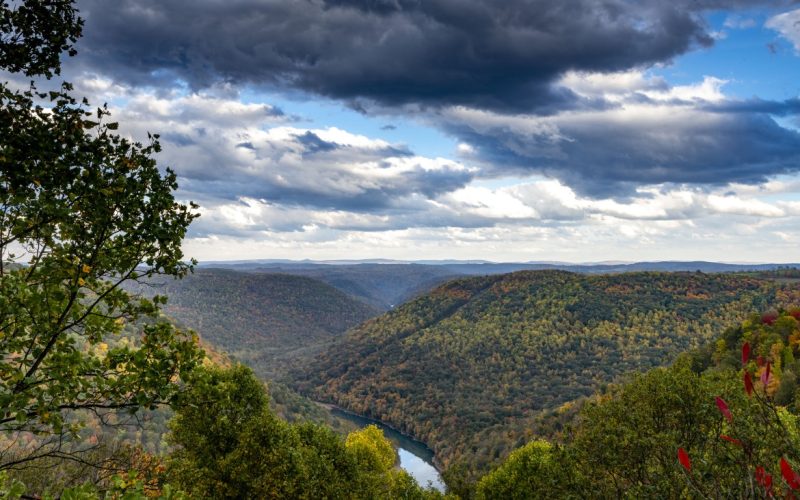
I began to think of our corner of these rugged mountain foothills as a landscape with a hidden dimension, a psychic dimension that had been so rent by evil & death that it had collapsed in on itself. A kind of spiritual gravity sucking me into this inhospitable landscape. 

In astronomical terms, a black hole. In topological terms, a fixed point. In esoteric terms, a time loop. 
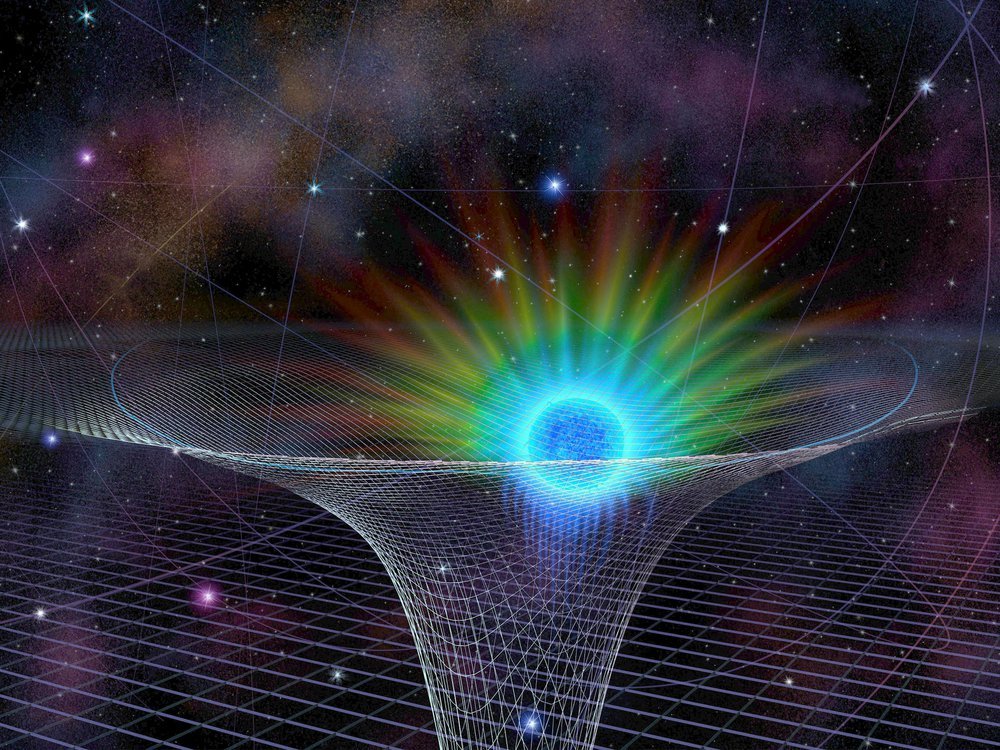
Imagine a layering of two multi-dimensional manifolds. The first is geographic: these old mountains that have been crumbling for millions of years, taking their time, allowing the most wondrous variety of amphibians and fungi to evolve in its hidden nooks and crannies. 
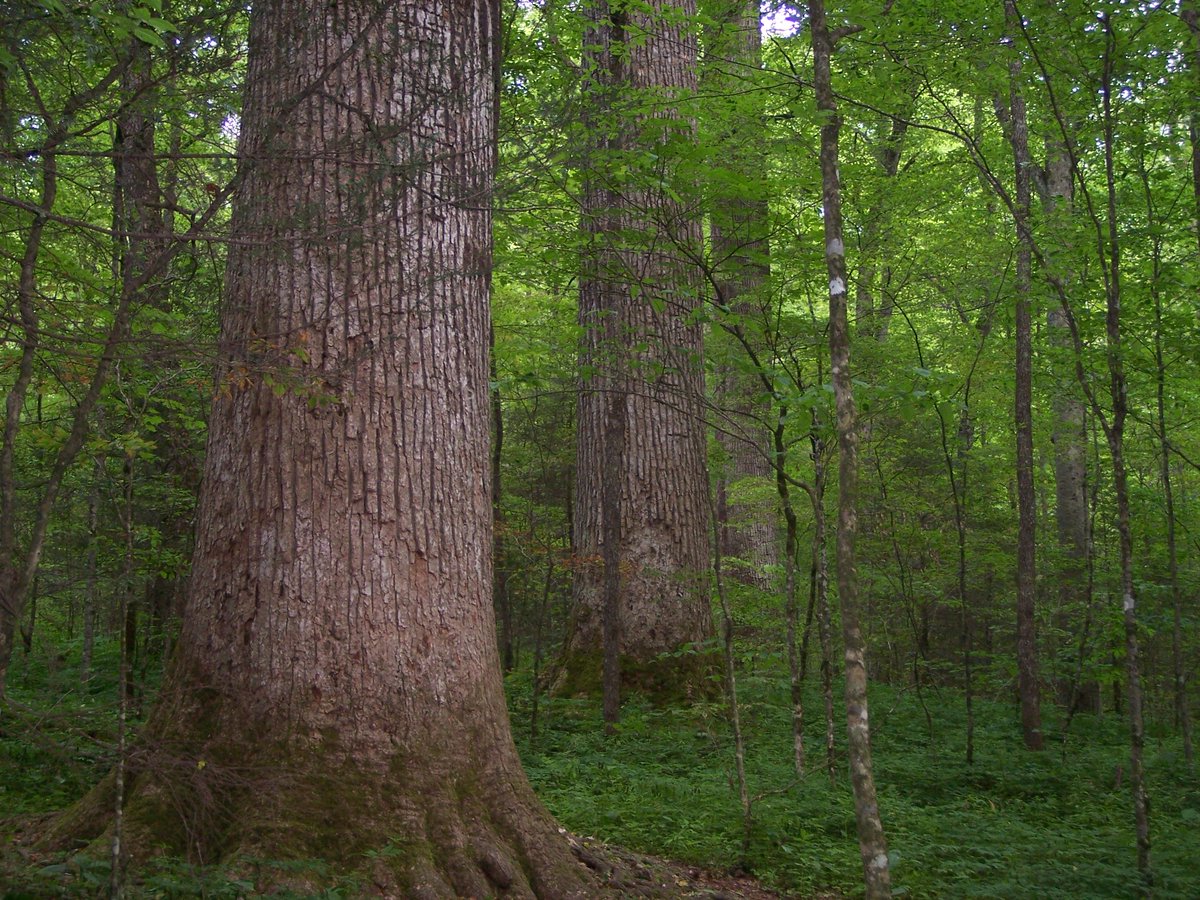
The second manifold is human: tides of human genetic material washing over the mountains: mound-building giants, savage Cherokee, my Scots-Irish ancestors. All reduced in vigor, civilization, and sanity the longer they dwelt in this broken landscape. 

Now, between these two surfaces, imagine that the plane they intersect on is a spiritual one: where spiritual actions like murder, wanton destruction, and human sacrifice ‘physically’ shape the lifeways, histories, and possibilities for human development in the future. 

The violence endemic to Appalachia—multiple genocides, clearcutting, mountaintop removal, the manufacture of nuclear weapons, the opioid epidemic—has bent, and in some cases torn, this spiritual plane. 

It wasn’t long after returning to my patria that I started seriously investigating topology, because I wanted to understand the shape of the universe and how its curvature—its cosmology—affected temporality, historical possibility, and the imaginative horizons... 

I built up a knowledge of the history of topology—which is, simply put, the mathematics of stretched, twisted, bent surfaces—from the late 19th c to the present day. 

I studied Poincaré’s conjecture 1904 about the classification of 3-manifolds, and Perelman’s 2002 use of Ricci flow with surgery to prove it. 

then I got sucked even deeper into the field, watching lectures by the heavily-accented Russian-French topologist Misha Gromov, being mesmerized by William Thurston’s incredible, multi-dimensional spatial intuition. 
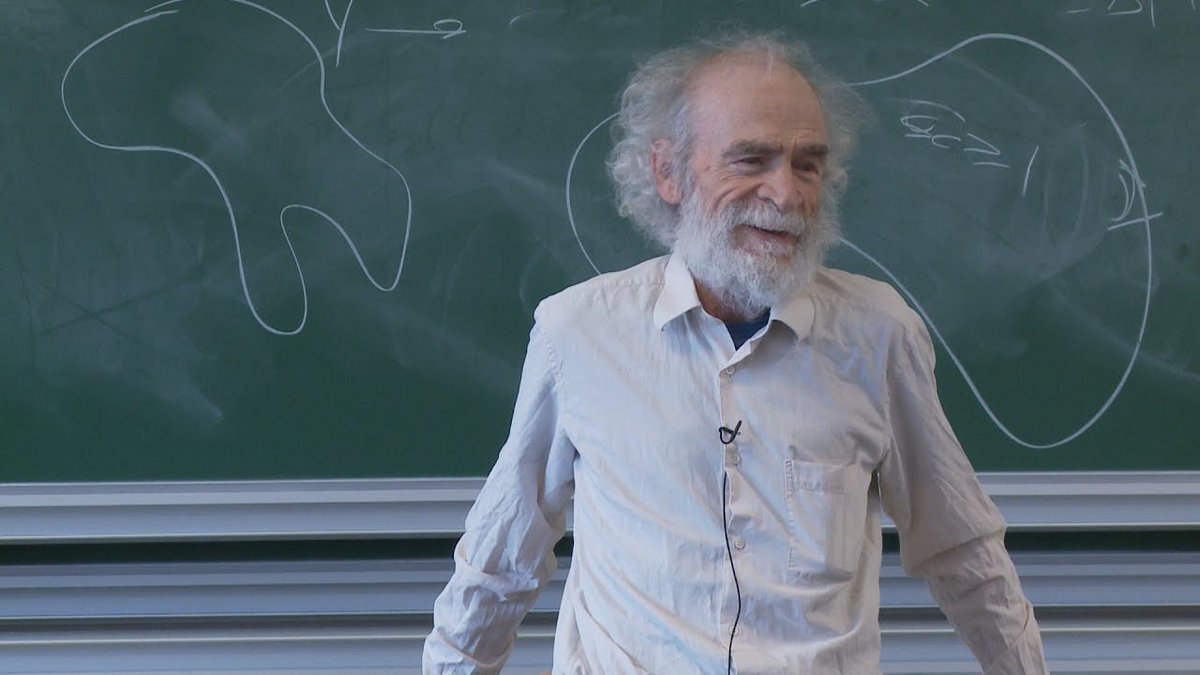
One emerging subfield seemed particularly promising to help me understand how future time could be constrained, bent, folded, and collapsed in on itself in repeating loops: symplectic geometry. 

“…symplectic geometry occupies a kind of middle ground between the floppy topology of a tarp and the rigid geometry of a tent.”
- Quanta Magazine
- Quanta Magazine

Symplectic geometry concerns the geometry of phase spaces, abstractions of Hamiltonian dynamic systems that show how the state of a system like a solar system would flow given certain starting points, momentum, etc. 

You can imagine an abstract planet orbiting in space, and a huge array of planes tangent to the planet, just touching the sphere at a point, the whole collection of planes together representing the space of possible trajectories for planetary motion. 

All of those planes together make the phase space of the system. (In symplectic geometry they’re specifically ‘contangent bundles' on manifolds / multidimensional surfaces) 

For me, the traumas of Appalachian history were constraints on the phase space of its people, of me—the peaks of the mountains were mirrored, invisibly, by abysses of ontological evil. 

the total state of the system would be represented by a point in this space, and the point flows through the space as the state changes—structure may be visualized intuitively as a mountain range constraining the flow of a river, although of course in multidim space. 
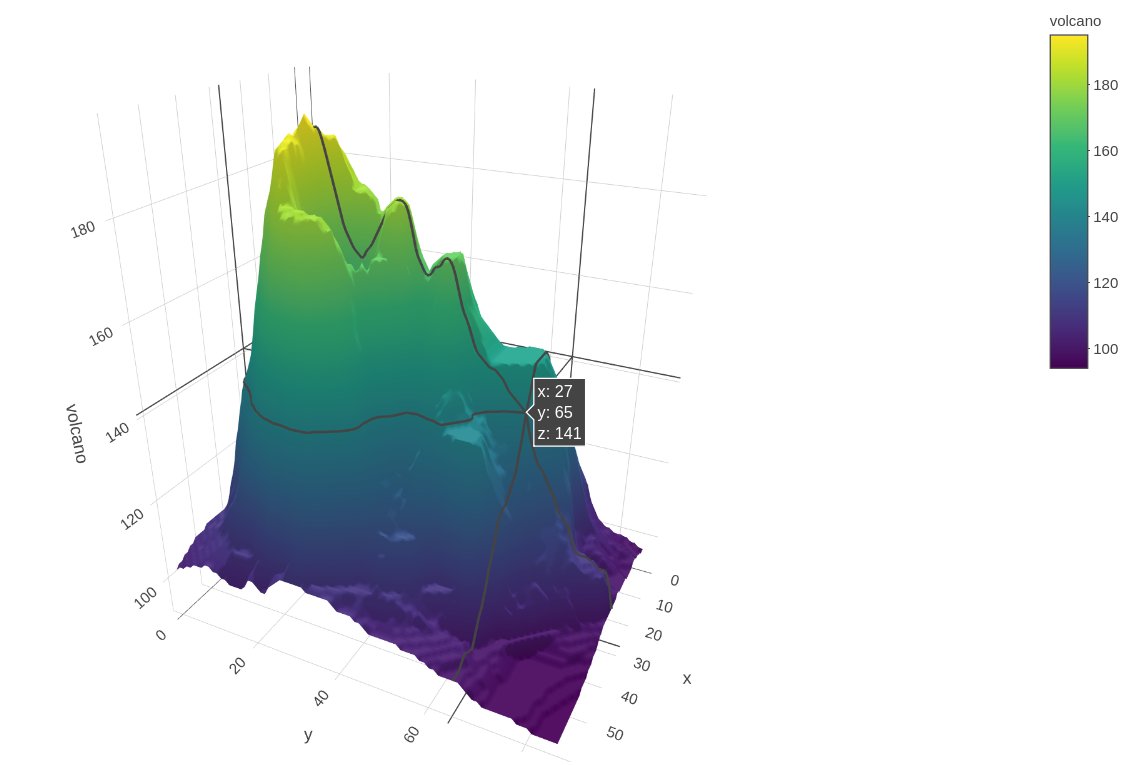
these flows through phase space (how the system will evolve if it’s set up with different configurations / values) can make their own patterns & can circle & flow onto themselves, orbiting or a predator/prey population or securities market returning to equilibrium periodically. 

These periodic repetitions can be thought of as resembling, in a simplified way, ‘closed orbits’ around ‘fixed points’ (both topological terms). The system returns to where it started. It can also look like getting stuck running around the surface of a donut hole 

And in fact these fixed points can be related to actual ‘holes’ in the manifold. The number of holes in a manifold tells you broadly what kind of thing it is and the study of (counting) holes is called homology (important later). 

Vladimir Arnold in the 1960s conjectured that fixed points, or these pieces of deep structure, you can almost think of them as gravity wells in the phase space, sucking the system into orbits, can’t really be abstracted out of a symplectic manifold. When you run normal kinds of 

transformations and diffeomorphisms on the manifold—in effect performing a function that translates a point in a given location on the manifold somewhere else, and doing this to the whole manifold, distorting it, bending it, twisting it, whatever), Arnold conjectured that
you’d always have at least as many fixed points at the end as the number of critical points you started with. 

Andreas Floer is the key figure here, and his theory, which became known as Floer homology, has been exceptionally powerful for topologists. 

“In the late 1980s, a mathematician named Andreas Floer developed a theory called Floer homology... [allowing] mathematicians to count fixed points and establish that a certain minimum number of them are intrinsic to the symplectic space."
""[Floer homology] allows you to prove that you can't just shake the fixed points away, said Keating. "It's what allows you to prove that the fixed points have to be there." - Quanta Magazine 

Floer invented Floer homology to prove that the Arnold Conjecture is true for infinite dimensions, that a system of any complexity cannot shake its fundamental deep structures and constraints, especially its fixed points, its sucking holes. 

Floer proved that, in theory, all of human history, or what we think of as time itself could fall back on itself in these almost incomprehensibly titanic, groaning arcs of deep structure, these ultimately closed orbits that return us to the same places again and again. 

A frighteningly vast inescapable multidimensional hellscape of closed orbits, destinies looping back on themselves, histories swirling down well worn channels, whirlpools and traps that time could fall into like the funnel of a carnivorous pitcher plant? 

Floer homology—beautiful theory that synthesized somewhat distant countries, discovered hidden cognates among the languages, but its results were the abyssal deep, proving Arnold for infinite dimensions.
Floer succumbed to depression & killed himself in 1991 at the age of 34.
Floer succumbed to depression & killed himself in 1991 at the age of 34.

The topology includes the land itself, its ecology, resources, history, Cherokee, the psychic evil generated by human sacrifice, mound-dwellers, trail of tears, the dna & culture of the settlers… 

the dynamical system is the society, economy, religion, the results, the health & reach & achievement of the people, a culture’s memes, my family. 

But something about the land is cursed, something pulling the manifold, stretching it taut and nearly ripping it, creating that multidimensional deepness that sucks everything in and destroys it. 

The curse stems from the fearsome mountains themselves and the destructive anarchy their shape unleashes on human society. 

Cherokee savagery and their slaughter by Scots-Irish and their subsequent despoilage, oppression, and addiction—mediated by waves of religiosity and nihilism—are the closed orbit of Appalachia, digging the ruts deeper. 

the ultimate question is whether the deep structures and continuities that Floer proved lurked below those infinite-dim systems are the hand of god, or of something else, or a lovecraftian horror. His fate suggests the latter, the true cosmic evil that has tormented my family… 

The historical Appalachian people are noble, proud, rugged, warlike, but shattered, utterly exhausted by their destiny, which is to perpetually orbit the maws of hell and do battle with the demons pouring forth from the rift opened by human sacrifice & then repetitive bloodshed. 

It recalls a famous quotation by Joseph de Maistre that I’ve always secretly held close to my heart: 

and yet, and yet, and yet
i have come home
/end
i have come home
/end
As James Mracek put it on StackExchange on Christmas Day, 2012: “it is interesting that the topology of a symplectic manifold constrains the possible evolution of any dynamical system defined on it.”
• • •
Missing some Tweet in this thread? You can try to
force a refresh




















